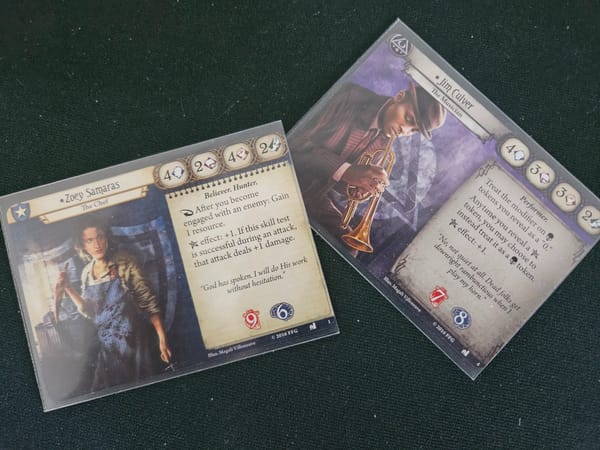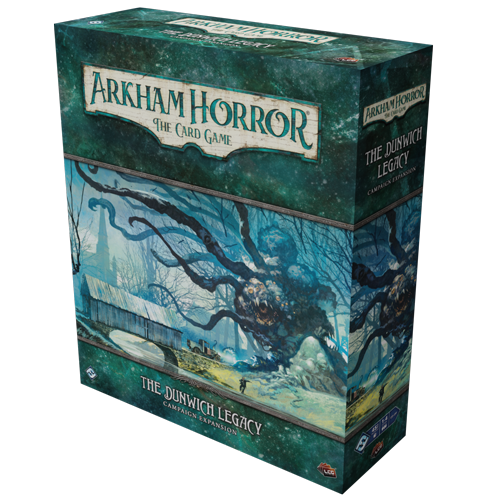Codex entry #2 Labyrinth: The War on Terror
A high-level summary of the game Labyrinth: The War on Terror to provide readers with a general context for game reports.
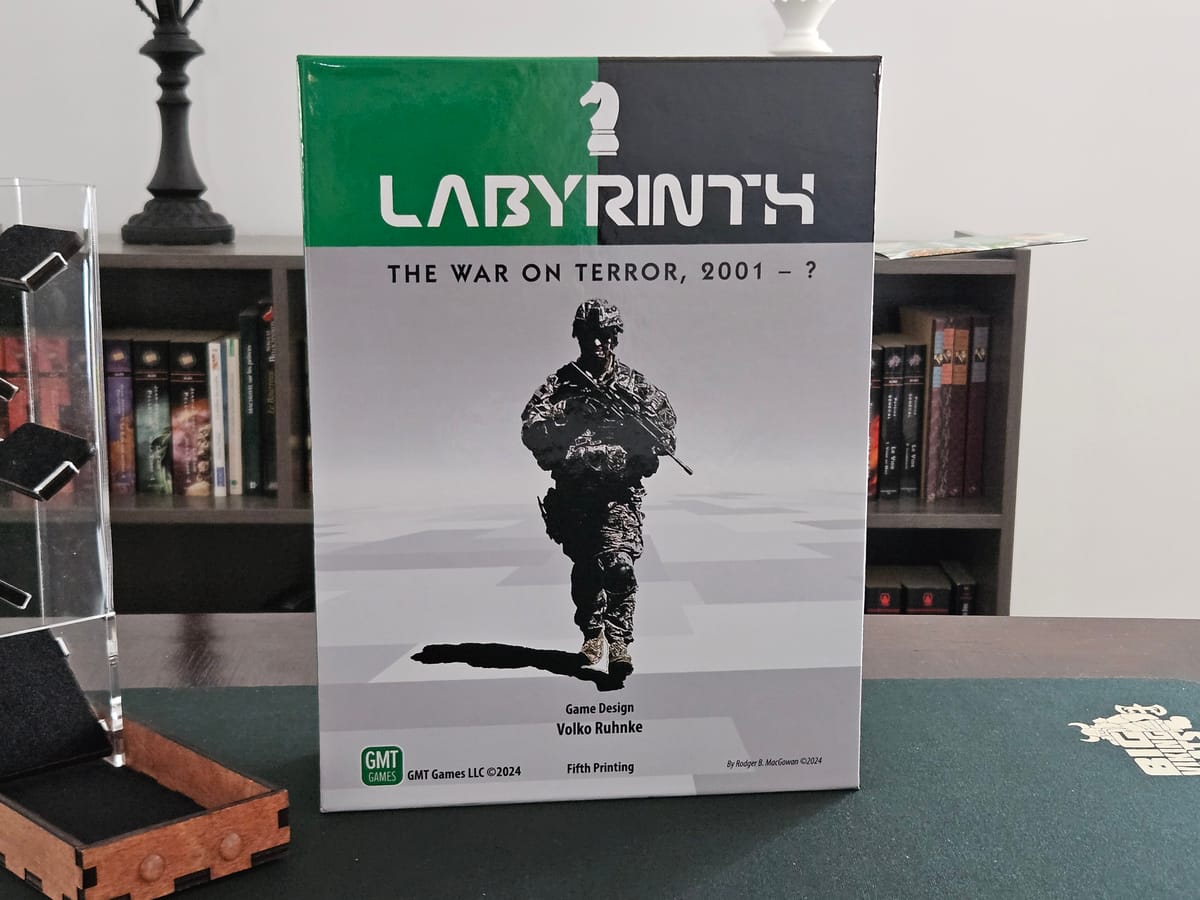
Game designed by Volko Rudnke and published by GMT Games.
BGG link
Labyrinth: The War on Terror, 2001-? (Labyrinth from now on) is a 1-2 player game simulating the strategic level of the war on terror the United States declared after the 9/11 tragedy. One player portrays the United States and the second player portrays the Jihadists, the term the game has chosen to refer to the violent extremist Islamists. There is an extensive bot system to simulate the Jihadist side, making it an excellent solo game. The first expansion box, The Awakening 2010-? reworked the bot for an easier experience and even allows simulating the US side.
Labyrinth is not a war game. The players do not place, move and clash armies to determine the winner. The game takes a more strategic high-level approach of influencing the different countries and population towards their goal. Labyrinth is a card-driven game (CDG).
In the game, each Muslim country is defined by its alignment towards the US (adversary, neutral or ally), by the quality of their governance (poor, fair, good) and a resource value used to represent its strategic importance. The goal of the US player is to turn these countries into allies and then improve their governance up to good.
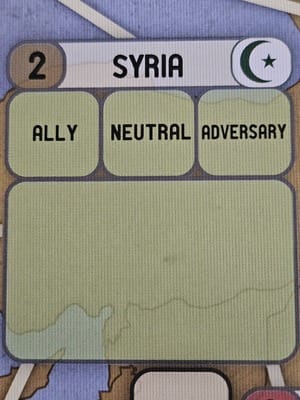
The US side wins the game by having most of these countries with a Fair or Good Governance; or by having a high number of resources under Good Governance, depending on the scenario. On the other side, the Jihadist side wins by turning countries into Islamist states, or by making sure most countries have a Poor Governance.
Non-Muslim countries in the game have a "stance" value (hard or soft) regarding the war on terror, making it harder or easier for the US to achieve their goals.
Each game turn in divided into action phases. In each phase, one side plays two cards. As it is common in CDG, the cards are multi-uses. Each card can be played either for its influence value or for its event. Influence is a temporary currency allowing you to take action like trying to improve the governance of a country or moving your units around as they can assist with other actions. Events can be associated with the US, the Jihadists or Unassociated.
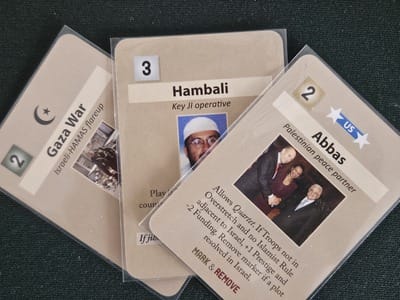
This is where the game can get tricky. If a player wants to use the influence points of an event associated with the other side, he has to trigger the event before using the points! The solo bot never triggers the event from the other side, as he can't be as aware of the current situation as a human would be.
There are plenty more subtleties to the game, detailed rules about each possible action, or operation as the game calls them, different starting conditions to simulate different points in history. However, I think the above summary should be enough for the readers of this blog to understand my after-action reports (AAR).
